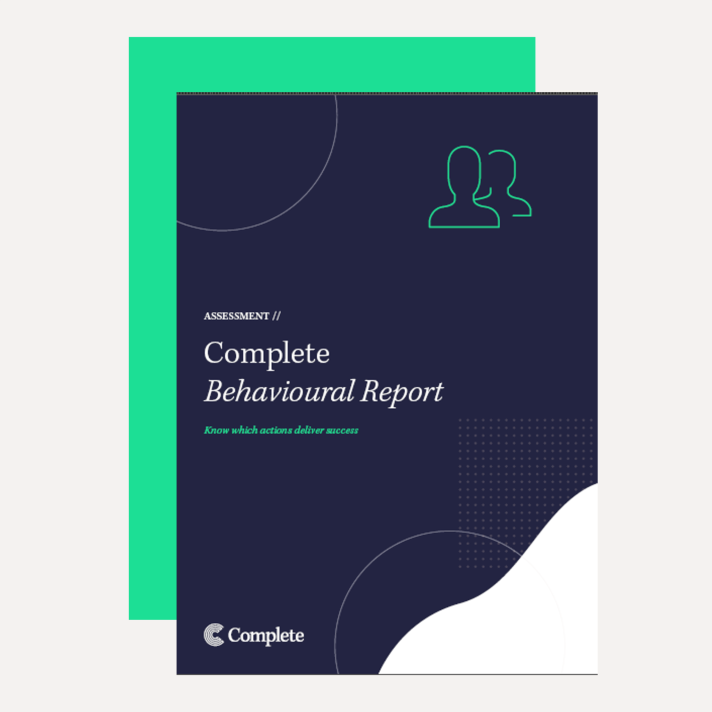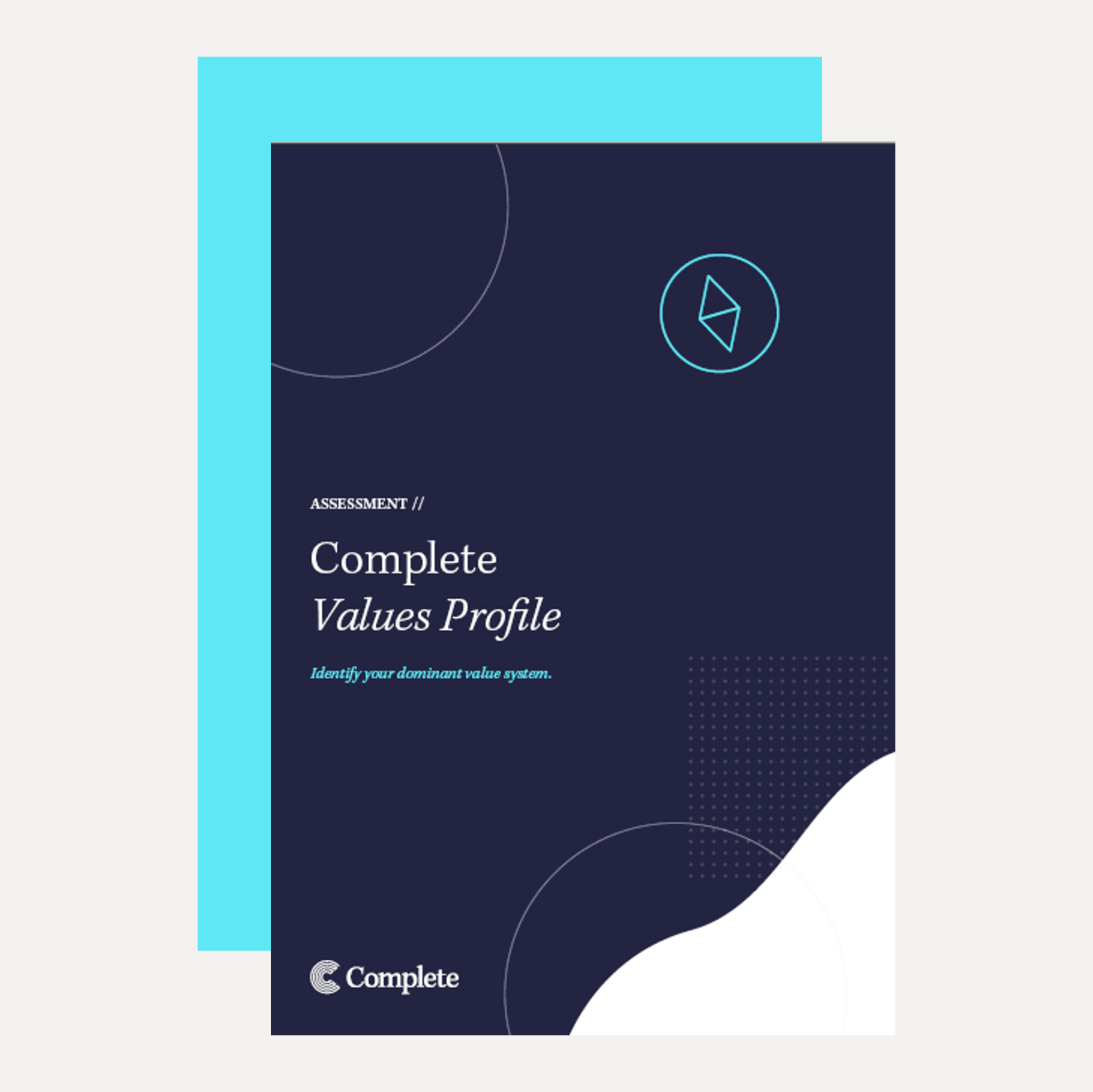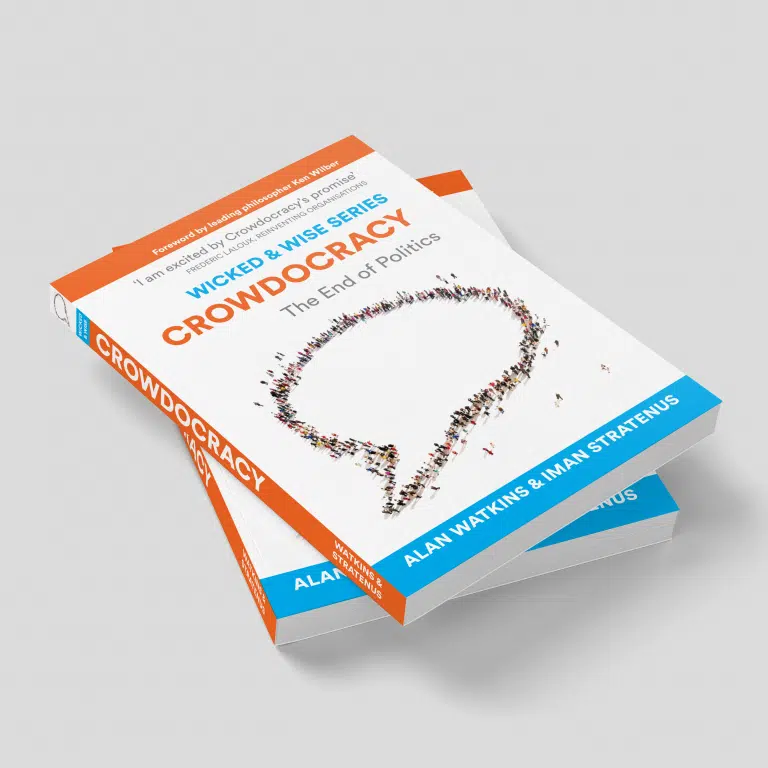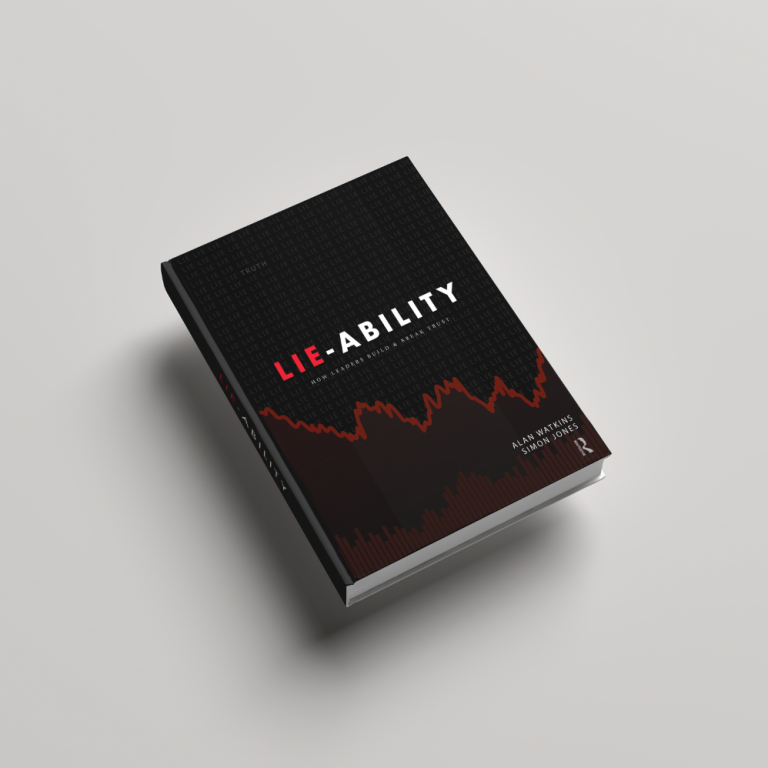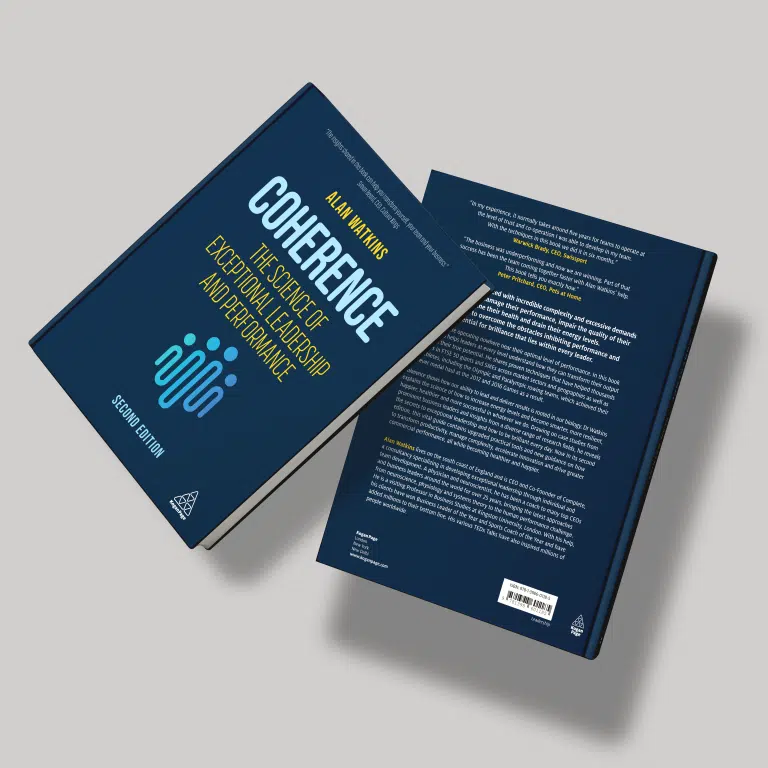Men and women in the same job, performing the same work, must be paid the same. This principle is enshrined in law in the Equality Act 2010. It doesn’t matter what job you do, if you’re doing equal work, you need to receive equal pay – unless any difference in pay can be justified.
Despite such legislation, many women are not receiving equal pay for equal work, and this is especially the case for women in their 40s.
According to ONS data[1], the gender pay gap for full-time employees who are under 40 is low, at 3.2% or below. However, for age groups aged 40 to 49 years and older, the gender pay gap for full-time employees is much higher, at over 10.9%.
ONS analysis explored the types of occupation that men and women work in, by age group, to try to understand what was behind this significant pay gap. It flagged a lower incidence of women moving into higher-paid managerial occupations after the age of 39 years, at which point pay in these occupations increases.
One of Complete’s senior practitioners, a coach and a thought leader in diversity and inclusion research and consulting, has identified five common barriers to gender equality progression:
- A lack of role models and mentors. This is a bit of a chicken and egg situation, where women progressing in an organisation need to see other women at the top to act as role models and also to ‘coach’ them on what’s required to succeed in their specific environment. These women can also set the pay ‘benchmark’ for women progressing up through the organisation.
- Isolation. Women can often feel left out of the ‘boys club’ and this can prevent them from building relationships and therefore being seen by those higher up the organisation. Visibility is the essential precursor to recognition.
- Stereotyping and preconceptions. This links back to the view that once women reach their 30s, they want to focus on family rather than career. In a male-dominated environment, one excuse for not promoting women into positions that are rewarded with higher pay is the belief that they weren’t even aware that the woman would want the ‘extra responsibility’ of promotion because they had children.
- Difference in style. Women tend towards a different style of management to men. It’s not worse, it’s just different and if this is not understood then it could be seen as ‘not the way we do things round here’.
- Risk aversion. Risk averse male bosses may lead to fewer opportunities for women at senior levels. There is some evidence that men get promoted on potential whereas women have to prove their competence repeatedly before they are given the opportunity to advance.
So, what’s the solution?
We need both an individual and an organisational response. At Complete, we coach many women in managerial positions, or looking to move into those positions. Coaching that is measurable and delivers a clear return on investment, can be hugely influential in helping women realise their full potential and ensure that they receive a fair reward for their efforts.
At an organisational level, it’s important to understand the specific gender issues within that organisation. Not every organisation will be experiencing all five of the barriers Chris outlines above. This requires some internal benchmarking to identify any significant patterns in turnover and promotion by gender. A network analysis approach can be very helpful here.
Once any patterns are understood, an action plan can be developed to address any issues. In addition to personalised, measurable coaching, organisational interventions might include career development skills workshops for women, pay reviews and assessments that enable differences to be valued.
While the ONS data reveals the country-wide scale of the equal pay challenge for the over 40s, we also need to take an individual and an organisational approach to change. All organisations need to look at the issue of diversity and inclusion, including pay, to ensure they are not contributing to these disturbing statistics.
[1] https://www.ons.gov.uk/employmentandlabourmarket/peopleinwork/earningsandworkinghours/bulletins/genderpaygapintheuk/2022














